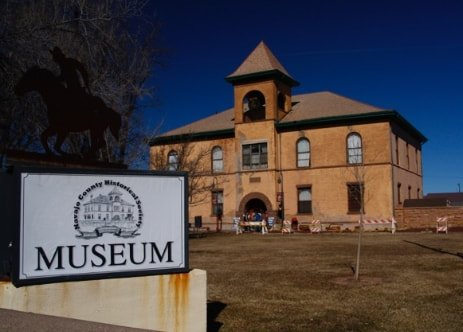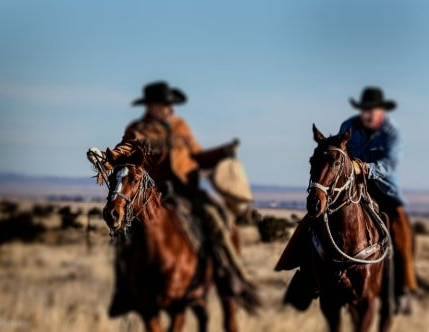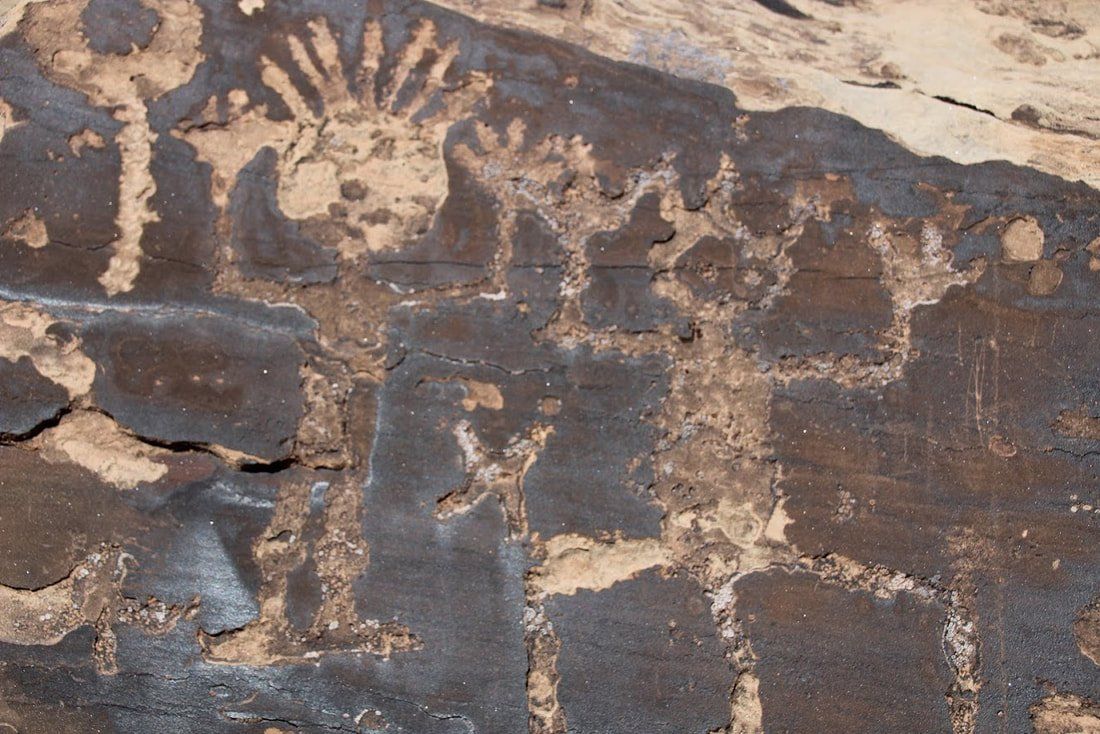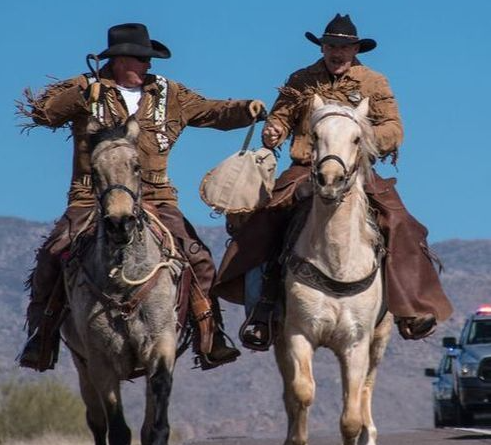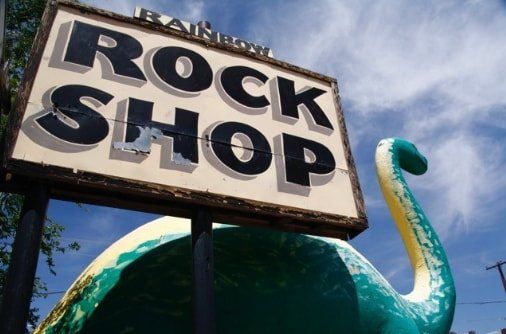About Us
HOLBROOK CHAMBER
The Chamber’s vision is to “foster a strong economic environment through partnerships with government, community and businesses” so that the “businesses and citizens of Holbrook” might experience an “enhanced and better quality of life.” So reads the preamble to our Chamber’s by-laws. Translated: We want to see things going well in our city: thriving businesses, good government and a community in which every person might experience a part of the American dream.
Whenever there’s something of significance happening in our city, the Chamber is either directly involved or helping to get-the-word-out concerning it. In other words, we’re both worker bee and cheerleader for the various and sundry happenings in Holbrook because, you see, we live here, too. We want to experience “an enhanced and better quality of life,” along with you.
CITY OF HOLBROOK
In 1881, the Atlantic and Pacific Railroad laid its tracks through an area that was known as Horsehead Crossing. The following year a railroad station was built and the small settlement was called Holbrook in honor of H.R. Holbrook, the first chief engineer of the railroad. A year later, James H. Wilson became its first postmaster. Primarily home to cowboys, cattle ranchers and railroaders, the settlement soon took on all the vices of a typical Wild West town, complete with a saloon called the Bucket of Blood. Law and order were non-existent, gambling was popular, and painted ladies far outnumbered "proper women.” In 1883, four men by the names of Baca, Pedro Montano, F. W. Smith and H.H. Scorse owned the land around the depot and filed a plat map laying out the streets of Holbrook, which remain essentially unchanged today. Before long, Holbrook became a trade center for northern Arizona and on May 17, 1884, the first issue of the Holbrook Times was published, which contained advertisements for clothing, hotels, saloons, grocery stores and several other businesses. In 1884, the Aztec Land and Cattle Company, better known as the Hashknife Outfit, began operations in Holbrook. The second largest cattle ranch in the U.S., the cattle company had some 60,000 head of cattle, and employed hundreds of cowboys. Holbrook initially welcomed the money of the cattle company and its associated cowboys, until it realized just what it had gotten itself into. The outfit quickly gained the unsavory reputation of being the "thievinist, fightinest bunch of cowboys” in the United States, many of them being wanted men for train robberies, cattle rustling and even murder. Stagecoach and train robberies became an almost recreational pastime for cowboys and drifters in the area. The town became especially rough during the times the cowboys came off the range, with money in their pockets and whiskey on their minds. In 1886 alone, there were twenty-six shooting deaths on the streets of Holbrook, which was called home to only about 250 people at the time.
With an obvious need for law enforcement in the settlement, Sheriff Commodore Perry Owens is credited with bringing order it to the wild town in 1887. It all started when a warrant against a man named Andy Cooper (Known in Arizona as Andy Blevins) was issued for cattle rustling. Cooper, who had changed his name when he came to Arizona because of an outstanding warrant for murder in Texas resisted arrested when the Commodore went to his family home on the evening of September 4, 1887. The family was in the midst of their Sunday dinner and within a matter of minutes their lives were all changed forever. A gunfight ensued, ending in the deaths of Andy Blevins, Sam Blevins and Mose Roberts and the wounding of John Blevins. Miraculously, Commodore Owens was untouched in the fight.
To this day, the home of the historic gunfight still stands in Holbrook on Joy Nevins Ave.
In 1888, Holbrook was struck by fire, which nearly destroyed every building in the city. However, this town of hardy pioneers rebuilt and continued to grow. Eventually earning the county seat in 1895, a new courthouse was built, which is currently listed on the National Register of Historic Places and today operates as the Holbrook Visitor Center and Museum.
By 1914 Holbrook was still rough around the edges, enough so to be dubbed “Too tough for women and churches”. It was the only U.S. county seat with a church in it. It did, however, have one of the famous Fred Harvey Restaurants, housed in several old boxcars on a rail siding. When Route 66 made its appearance, the wild and lawless town had become somewhat more settled, and the narrow strip of asphalt became a symbol of hope to the city and the many travelers of the Mother Road. Today this city of more than 5,000 souls offers a great opportunity to explore Navajo, Hopi and Apache country, Southwestern culture as well as many natural wonders such as the Painted Desert, the Petrified Forest National Park, the nearby Canyon De Chelly.

